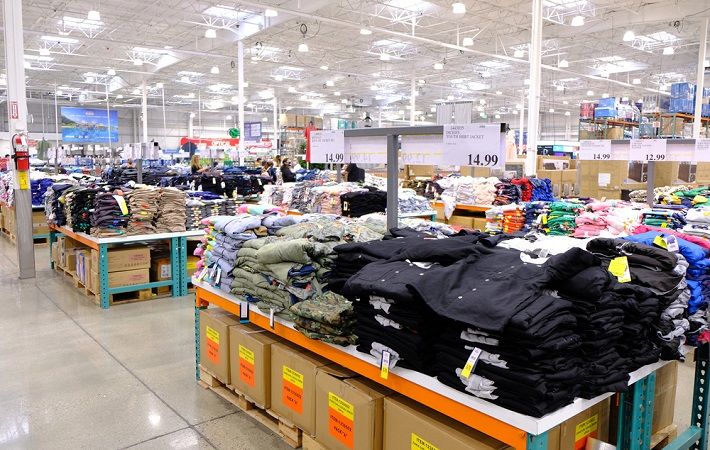
To tackle the shortage of electricity generation due to non-availability of coal, governments of local provinces have singed long-term contracts to ensure adequate supply, according to Chinese media reports. However, “no one really knows as to when the power supply would be restored to the pre-crunch days,” a person who has acquaintances in China told Fibre2Fashion.
Being the largest populated country in the world, China’s total carbon emissions in 2021 are estimated by the World Population Review at 9.04 billion tons, with per capita emission working out to 6.59. The Asian giant also consumes more energy per unit of output (economic), compared to developed nations. And the post-COVID surge in global demand for goods has only increased emissions, forcing the ruling Communist Party to take steps to reduce emissions, in view of its pledge to have CO2 emissions peak before 2030 and achieve carbon neutrality before 2060.
Striving to meet the increasing global demand for goods, most of the Chinese provinces used up their quotas of energy consumption in the first half of this year. These provinces are now making efforts to cut down on their emissions and energy consumption targets, according to Chinese media reports.
On the other hand, electricity supply companies are bound by government rules that prohibit them to increase utility charges beyond a certain limit. So, for these companies providing power at a cheaper price when coal and gas (input) costs are increasing will mean that they run into losses. The inability of utility companies to pass on the increased cost to consumers is also a reason for their decision to opt for rationing of power.
“Industrial production in China will definitely drop in Q4, but it is difficult to say as to what extent it will fall. It will depend on future actions of the Chinese government—whether it will stick to its pledge of curbing the emissions or it will allow energy suppliers to increase the price or not,” avers Deepti Lahane, who heads TexPro—a tool to provide market intelligence to decision makers and thereby reduce their risk exposure.
“There will definitely be a re-think on part of businesses intending to set up their manufacturing plant in China. Speaking of textile-garment manufacturing, countries like India, Bangladesh and Southeast Asia, particularly Vietnam, should see increased investment flow in the coming months,” adds Lahane of Fibre2Fashion’s Market Intelligence division.
Meanwhile, China’s state regulator, the National Development and Reform Commission (NDRC) has urged administrators to take steps for increased coal transportation. But the China Coal Industry Association has warned that power plant inventories are ‘low’, and it is ‘not optimistic’ about supplies ahead.
Irrespective of when the energy crisis ends in China, the present uncertainty is having a cascading effect on the US and European retailers who are already reeling under delay in container shipping. These retailers are now bracing for more uncertainty in getting their goods on time, especially while stocking up for the upcoming Christmas season.
Fibre2Fashion News Desk (RKS)